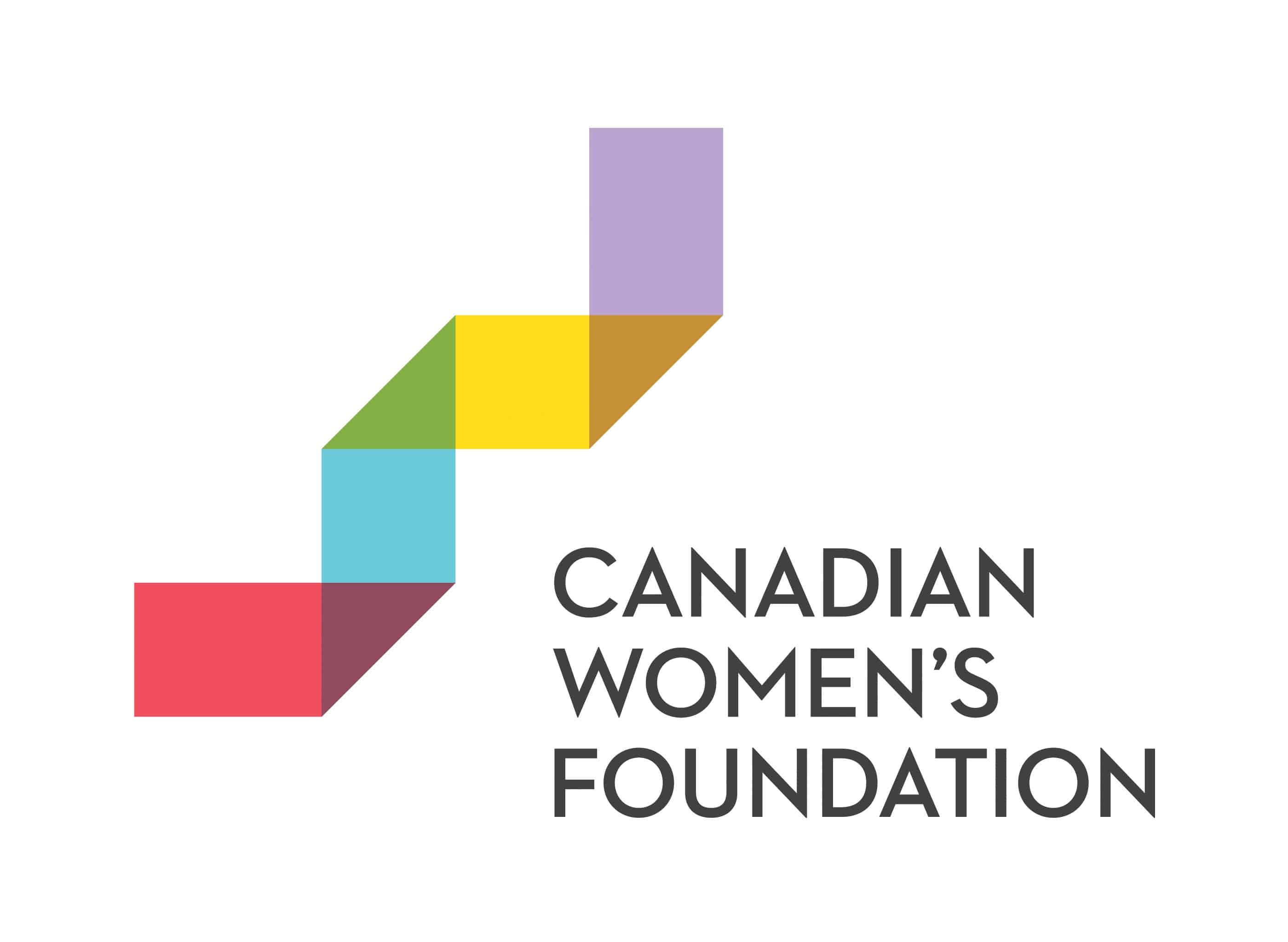Telling Indigenous Women’s Stories – Why the Coverage Needs to Go Further
 "This isn’t another poor Indian story, is it?”
"This isn’t another poor Indian story, is it?”
It’s been over 10 years, but I still remember the shock I felt hearing those words from my producer. It was 2005 and I worked at a national current affairs show, and had just pitched my first story on a missing Indigenous woman. A girl I knew from back home in Saskatchewan had disappeared. Her name was Amber Redman and she was 19. Amber was on a volleyball team that I coached when I was in university. I didn’t know her well, but I remember she was a shy, sweet girl.

 If we want to reduce sexual assault and dating violence among teens, it’s crucial to discuss why most victims are women and girls without creating gender divisions. Teen healthy relationship programs offer young people of all genders a safe space to discuss stereotypes, gender inequality, and the roots of violence.
If we want to reduce sexual assault and dating violence among teens, it’s crucial to discuss why most victims are women and girls without creating gender divisions. Teen healthy relationship programs offer young people of all genders a safe space to discuss stereotypes, gender inequality, and the roots of violence. Every day, they help to shape our world. We nod our heads in agreement, or rage at their stupidity. They move the needle on public opinion, provide a handy pool of experts for radio hosts, inspire armchair pundits—even influence politicians.
Every day, they help to shape our world. We nod our heads in agreement, or rage at their stupidity. They move the needle on public opinion, provide a handy pool of experts for radio hosts, inspire armchair pundits—even influence politicians. The theme of our first issue of
The theme of our first issue of 
